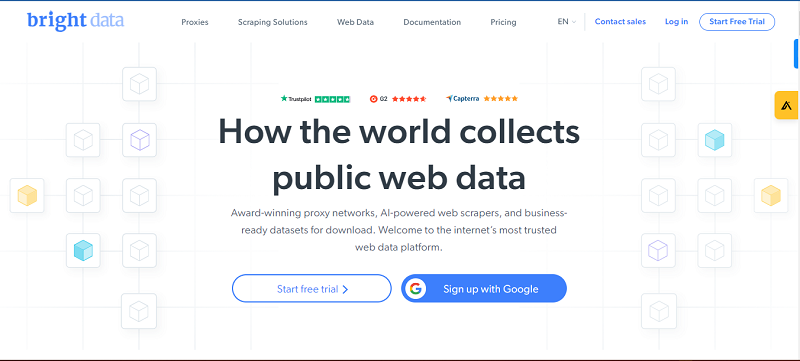A global study which reveals that cloud adoption has hit the mainstream, but unfortunately, many organizations aren’t yet fully exploiting the many benefits of cloud. The study suggests that approximately 68% of organizations are helping drive business outcomes through cloud, an incredible 61% increase since last year’s study. And it appears that cloud-native applications are encouraging this intensified cloud adoption with cloud-based solutions such as the Internet of Things (IoT) and security playing a significant role.
With findings that 69% of organizations are without mature cloud strategies and just 3% with optimized cloud strategies that generate enhanced business outcomes it’s clear that the development of cloud strategies is necessary. Annual benefits per cloud-based application for organizations with the most advanced cloud implementations are in the range of $3 million in extra revenues and a further $1 million in cost savings, and revenue increases are chiefly due to new product and service sales, accelerated sales into new markets, or the more rapid development of new customer bases.
Further results note that 95% of top achieving organizations with optimized cloud strategies have implemented hybrid IT environments which make use of multiple public and private clouds that are based on location, economics, and governance policies. In the Cisco-sponsored InfoBrief developed by International Data Corporation (IDC), Cloud Going Mainstream: All Are Trying, Some Are Benefiting; Few Are Maximizing Value, IDC recognizes five levels of cloud maturity: ad hoc, managed, opportunistic, optimized, and repeatable.

Korea, Japan, and China exhibit the greatest percentage of organizations using a mix of public cloud and private cloud services, but hybrid cloud adoption isn’t far behind in many other countries. Germany falls a little short of the top three at 51% hybrid cloud adoption, both Canada and Latin America Region present at 47%, the UK at 46%, and the United States at 45%. The Netherlands, France, and Australia aren’t far behind, settling in the low 40s.
Addressing the reasons behind why the majority of cloud strategies aren’t yet fully matured, the study observes various obstacles faced by organizations hindering greater cloud adoption development. These include skill and capability gaps, legacy siloed organizational structures, a lack of well-defined cloud blueprints, and Information Technology/Line of Business misalignment.
Says Scott Clark, Vice President of Advanced Services, Cisco, “Our customers are dealing with increasingly diverse and complex environments as their hybrid and multi-cloud deployments grow. These customers want the freedom to choose the best environments and consumption models for their traditional and cloud-native applications, which all drive a variety of business benefits. Yet, as this research bears out, while many customers are embracing cloud, most are still in the early stages of their journey to an optimized cloud model. That is where our new and enhanced Cisco Professional Services can help. Working with our partners, our joint services offerings are designed to help customers achieve a highly secure and optimized cloud environment specific to their unique business needs.”
In an effort to help organizations optimize their cloud strategies, Cisco has launched their new set of Cloud Professional Services as well as released the Cisco Business Cloud Advisor Adoption Report. With the Cloud Professional Services including a host of new tools such as multi-cloud management and orchestration services, Cloud Acceleration Services, and IT transformation services for DevOps, as well as improved application and cloud migration services, Cisco endeavors to aid businesses in the enhancement of their cloud environments. The Business Cloud Advisor Adoption Report, a tool to be offered to Cisco partners to use with their customers, provides further assistance by rendering these latest findings into personalized analysis and direction. Richard Scannell, President and CEO of RiverMeadow Software, suggests, “In a complex multi-cloud world, customers require choices on the environments and consumption models for their cloud workloads.” Cisco and its partners are collaborating streamline this exercise.
By Jennifer Klostermann





